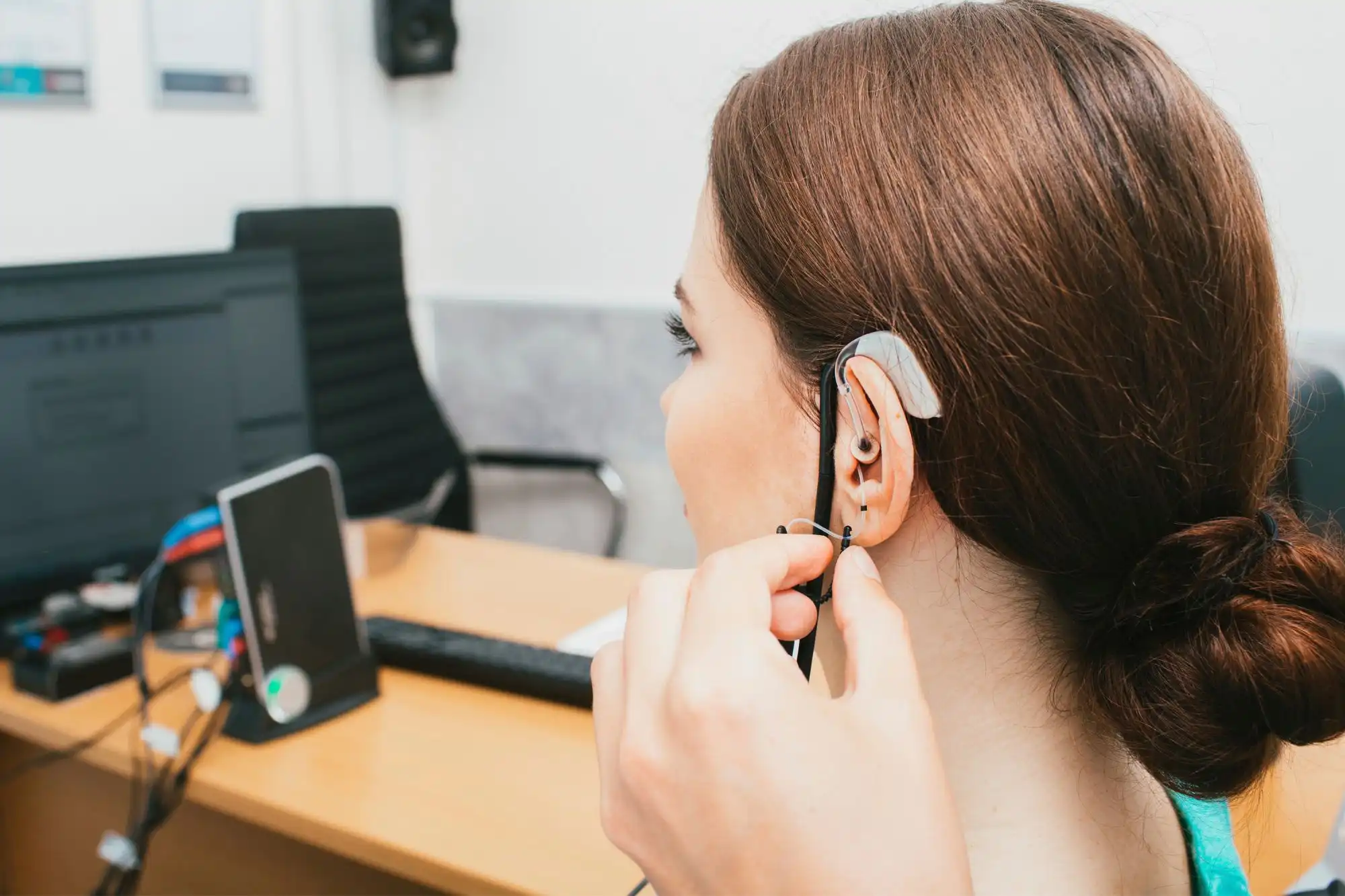Frequently Asked Questions (FAQs)
About Our Hearing Aid Services
At Step In Rehab, we understand that you may have questions about our hearing aid services. Below are some of the most frequently asked questions to help you understand what to expect. If you have more questions, don’t hesitate to reach out to us!
Hearing aids are small electronic devices worn in or behind the ear to amplify sound for people with hearing loss. They consist of a microphone, amplifier, and speaker to improve hearing.
Hearing aids are typically recommended for individuals with sensorineural hearing loss, which is common in older adults but can affect people of all ages. A hearing test by an audiologist can determine if a hearing aid is appropriate.
Behind-the-Ear (BTE): Rest behind the ear with a tube that delivers sound to an ear mold.
In-the-Ear (ITE): Fills the outer ear and is less visible.
In-the-Canal (ITC): Fits partly in the ear canal.
Completely-in-the-Canal (CIC): Almost invisible, fitting entirely in the ear canal.h
Receiver-in-Canal (RIC): Similar to BTE but with a receiver that sits in the ear canal.
Start by scheduling a hearing test with an audiologist. They will assess your hearing needs, recommend appropriate hearing aids, and provide fitting and adjustment services.
It is generally recommended to remove hearing aids while sleeping to prevent damage and to give your ears a break. If you have questions about wearing them overnight, consult your audiologist.
Analog Hearing Aids: Convert sound waves into electrical signals, which are then amplified. They offer fewer customization options and are less common in modern hearing aids.
Digital Hearing Aids: Convert sound into digital signals, allowing for more precise amplification and customization. They can be programmed to meet specific hearing needs and often include advanced features like noise reduction and directional microphones.
If you encounter problems like feedback, distortion, or discomfort, first check the batteries and ensure they are clean and properly inserted. If issues persist, contact your audiologist for troubleshooting and adjustments.
Many modern hearing aids offer Bluetooth connectivity, allowing them to connect to smartphones, televisions, and other devices for streaming audio directly into the hearing aids.


